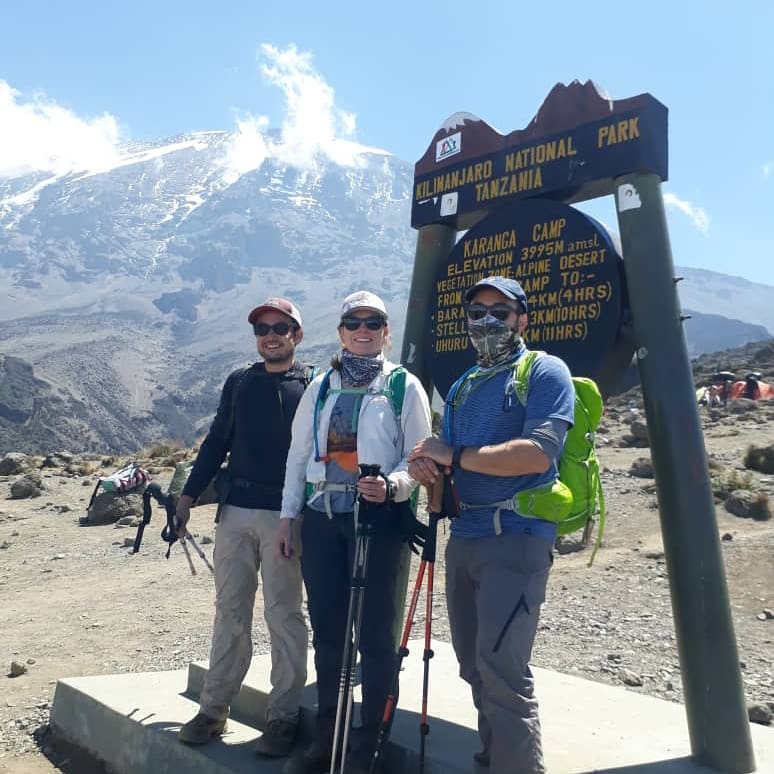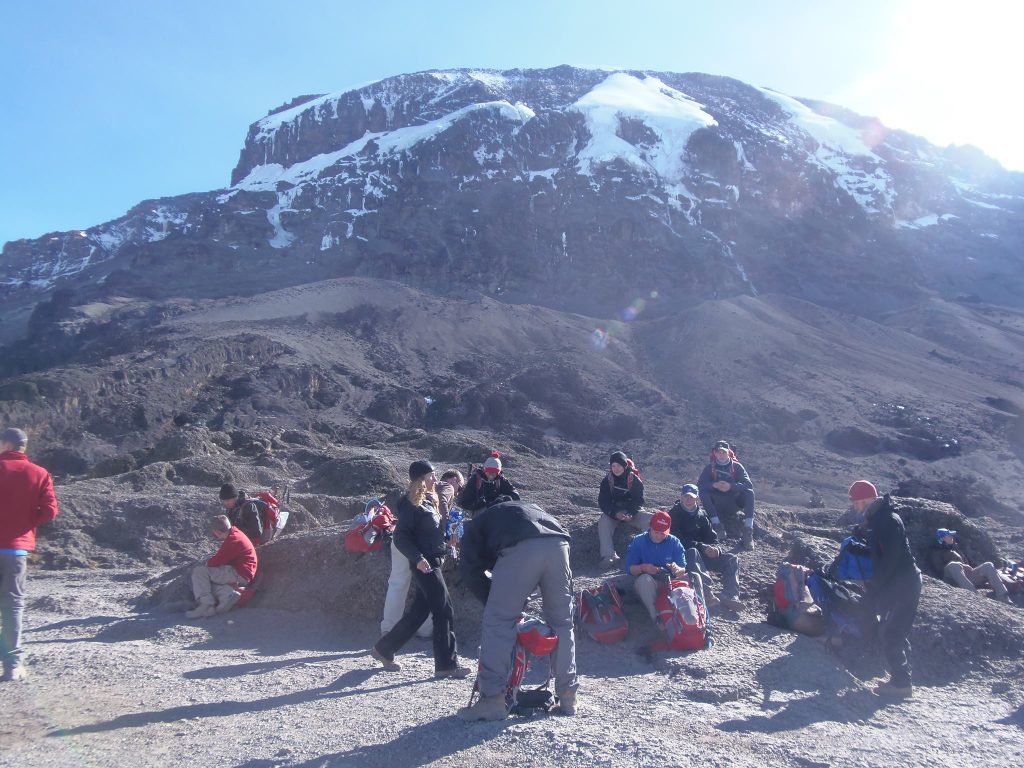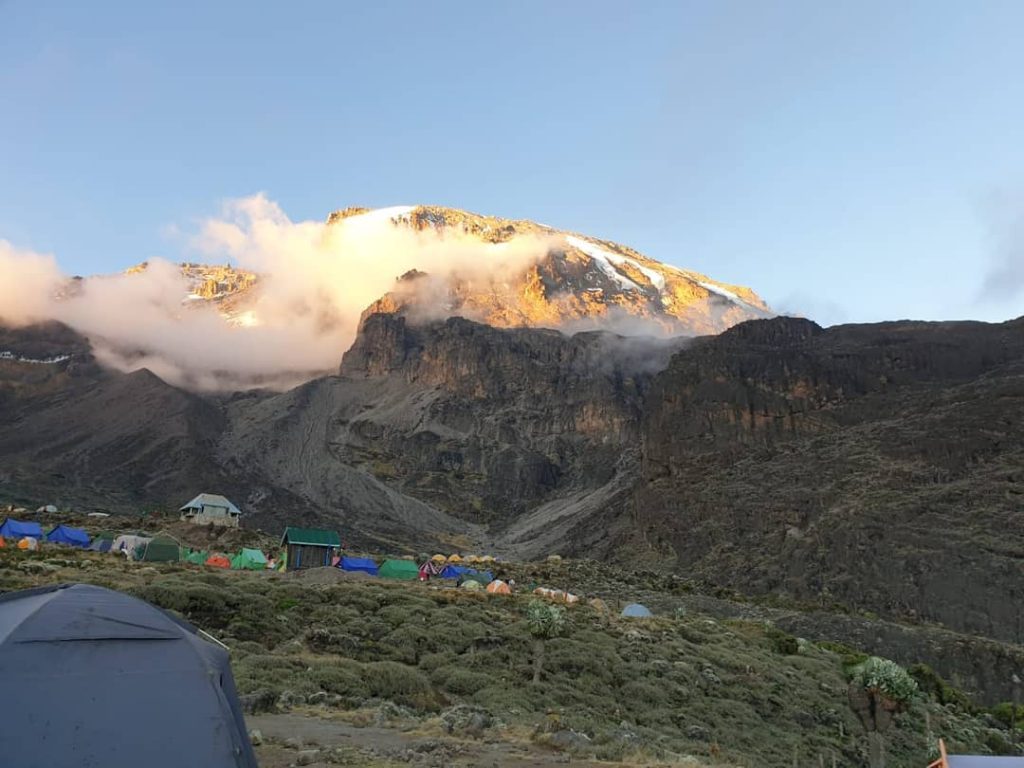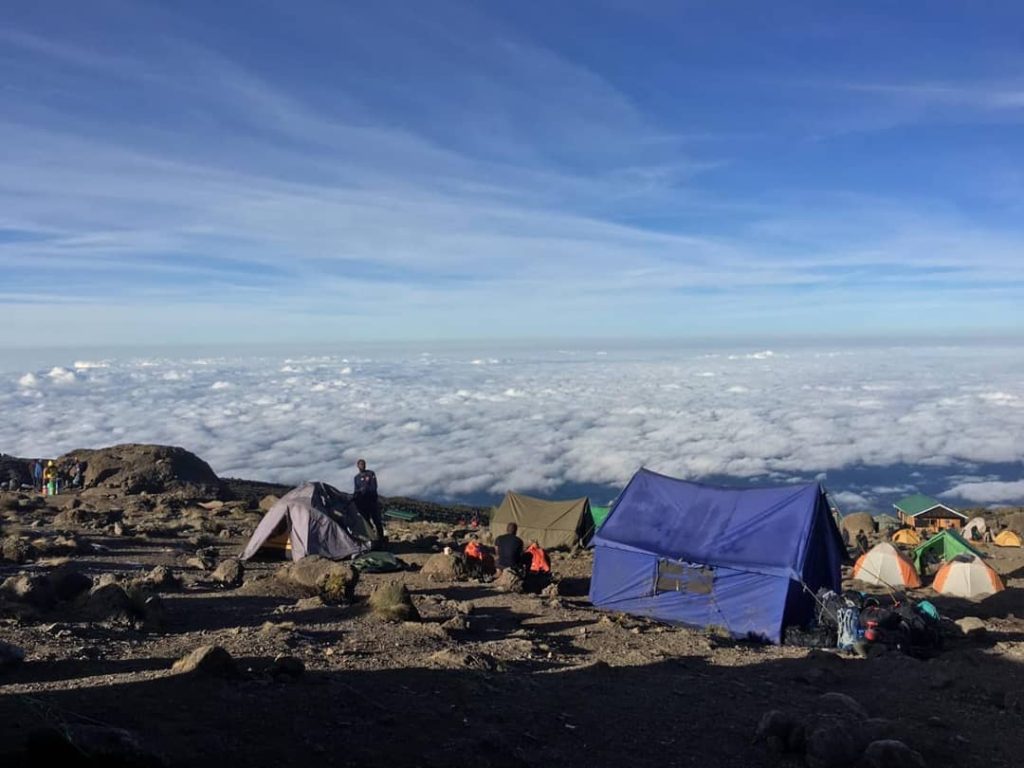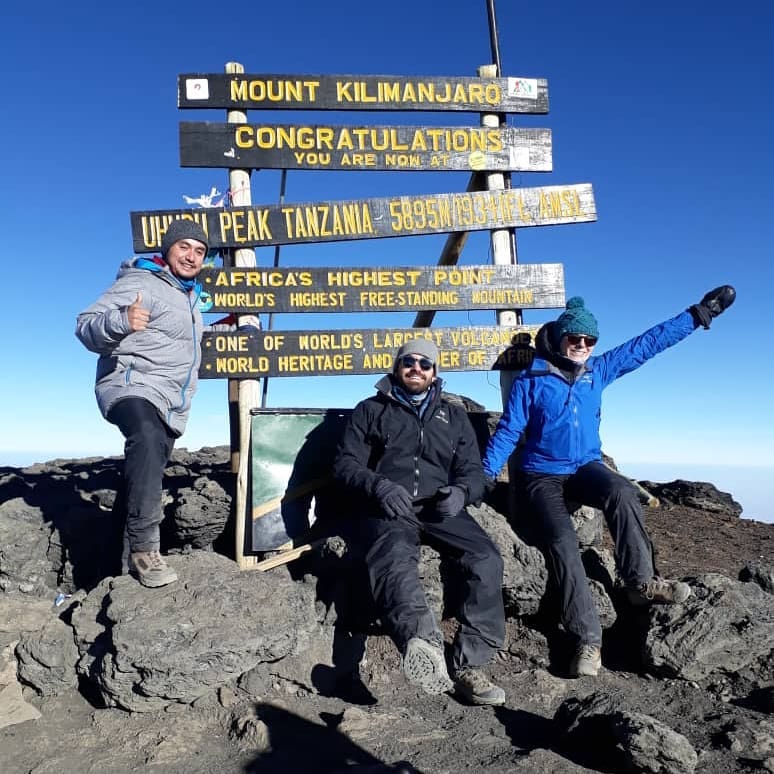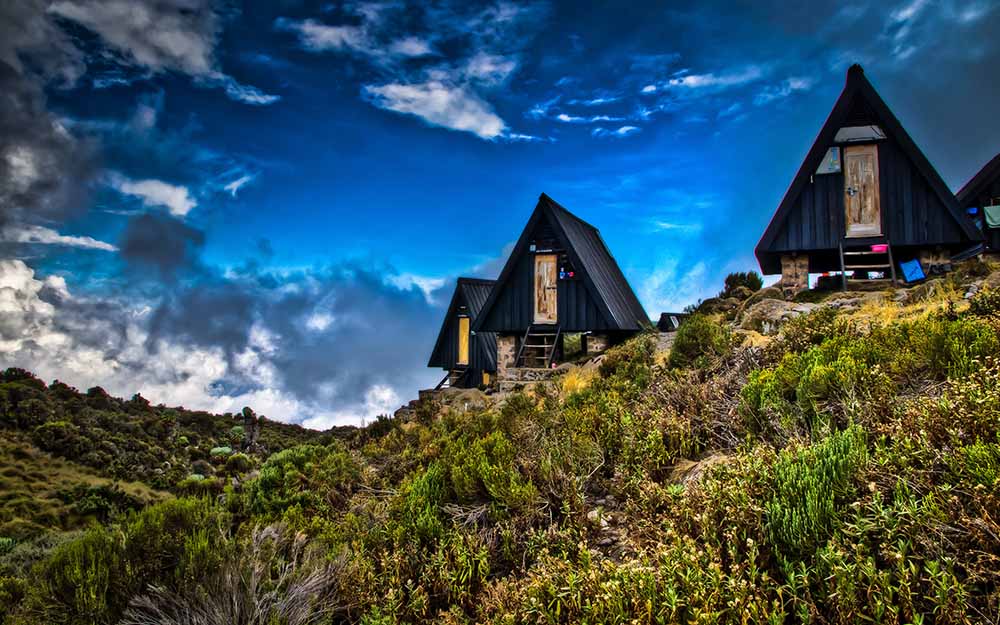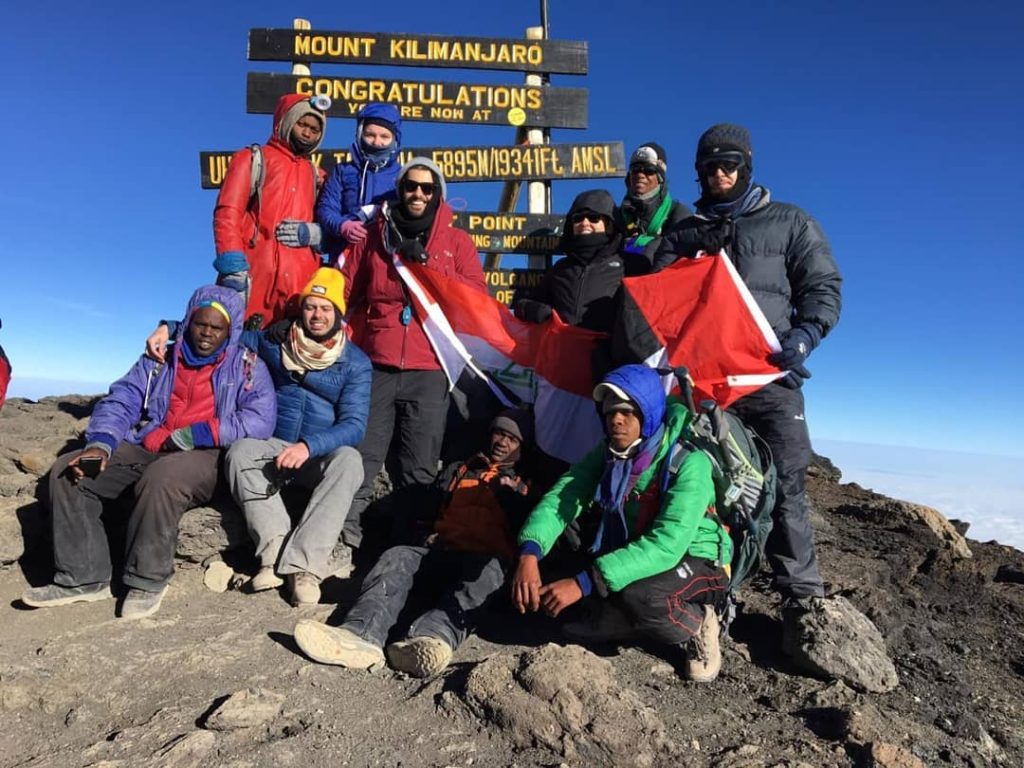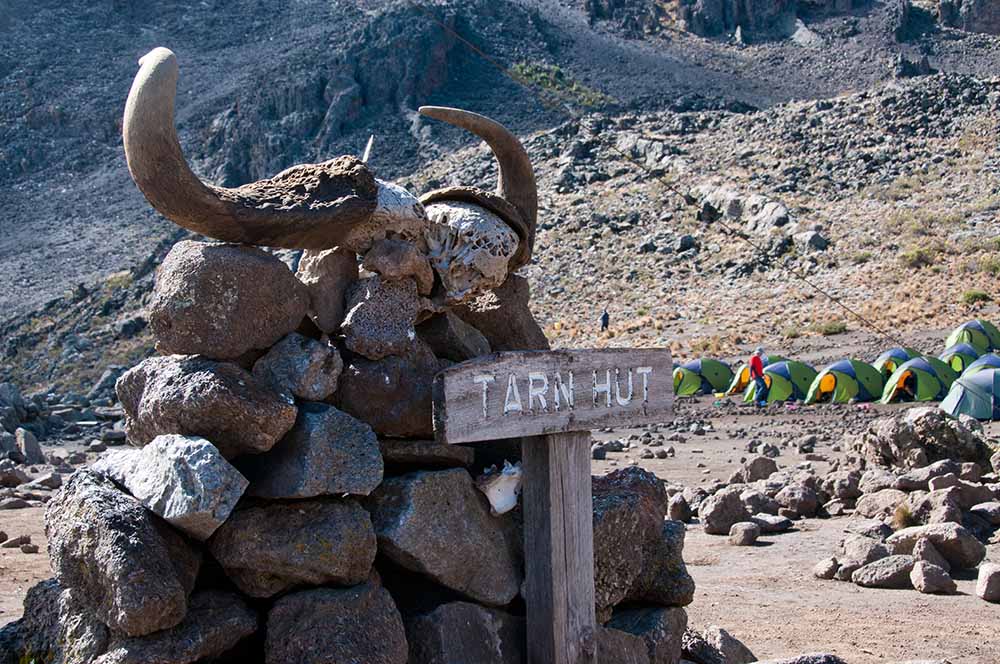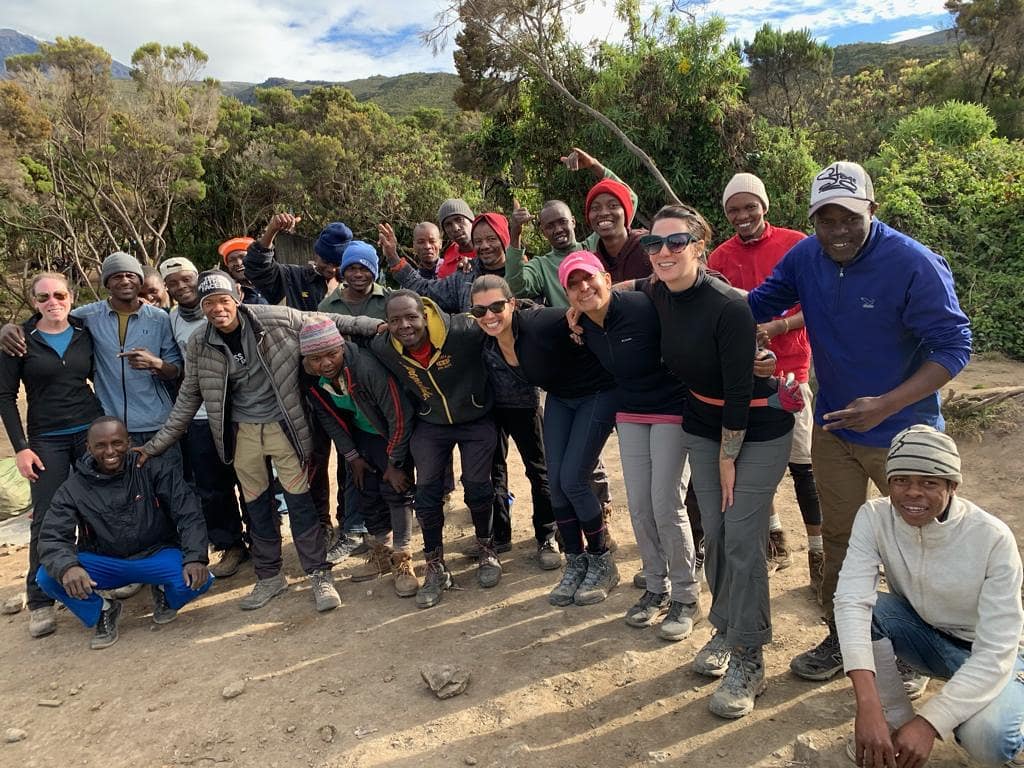Tips For A Successful Kilimanjaro Climb
What to do during a Kilimanjaro climb.
Pole pole!
That is Kiswahili meaning “slow and steady” and you will hear it on a daily basis.
The single most important rule when making a climb is quite easy to remember; go slow. No matter what you expect, you will be surprised when you see just HOW slow your guides make you walk. Everything on Kilimanjaro happens in slow motion. On the first days, the slow pace you take seems ridiculous, and sometimes, you will feel like you just CAN’T possibly walk THAT slowly. (If you have that problem, breathe through your nose only. That’ll slow you down.)
Eventually, you will notice some changes. You stop for photo sessions and catching up with your group will leave you breathless. Drinking from your camelback while walking takes a lot from you. The slow, slow speed does not seem so slow anymore.
Whatever happens, avoid exertion at all cost. Falling behind the group is nothing to be ashamed of. That’s why bigger groups have several guides.
Do not be tempted into speeding up because others are walking faster. (Serious altitude sickness is more common in groups than it is during private climbs!)
Another group overtaking? Let them! You will pass their crumpled bodies soon enough.
There is NOTHING to gain on Kilimanjaro by being the first.
Young males between 20 and 30, exactly the people you think would do the best; have the lowest success rate when climbing Kilimanjaro. This is because they overestimate the role of fitness and underestimate the mountain. Often they feel they have to lead, they want to be the best, they don’t like being overtaken, and being strong and fit makes it easy to walk too fast.
Older people have higher success rates because they are wiser than that. And many of them just aren’t fit enough to make the mistake of walking too fast. Being extremely fit can be a trap because your body will not be strained and you lose a lot of oxygen anyway. The message is clear: Pole pole!
A few more tips on climbing Kilimanjaro and avoiding altitude sickness
Your guides will probably keep reminding you to keep drinking. This is very important because it is very easy to get dehydrated in high altitudes without noticing it. The air is usually very dry, and you keep breathing out more moisture, and your body adjusts to high altitudes by eliminating more water. The key is to keep replacing the water by drinking more.
Eat plenty. High altitudes can lead to loss of appetite but the cold weather and the long days mean that your body burns through a lot of calories. You will need a lot of calories so keep replacing them. Eat high carbohydrate foods instead of fatty foods.
You must have the correct gear because hypothermia is seriously dangerous. You need to keep war because keeping warm and cozy will reduce your chances of getting altitude sickness.
Take what you need. Pack light because extra weight needs extra oxygen to carry.
Even if you cannot afford extra preparations for altitude like Mt. Meru climb, the tips above can be very helpful as long as you are healthy, you have a good guide on a good route, and you are ready to conquer Kilimanjaro.

